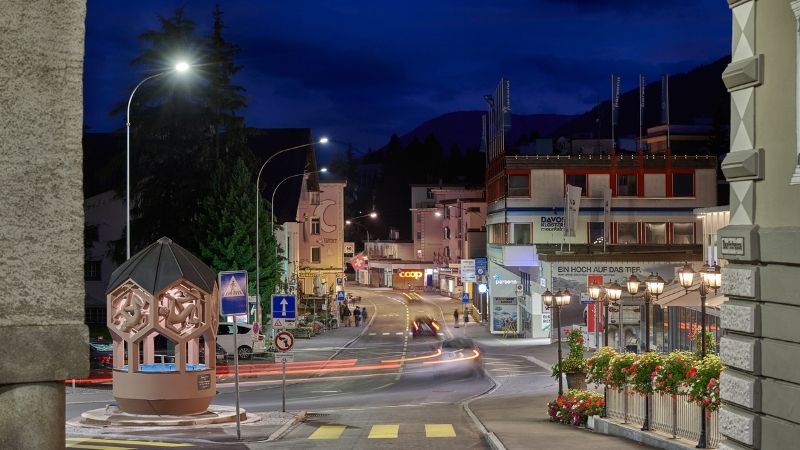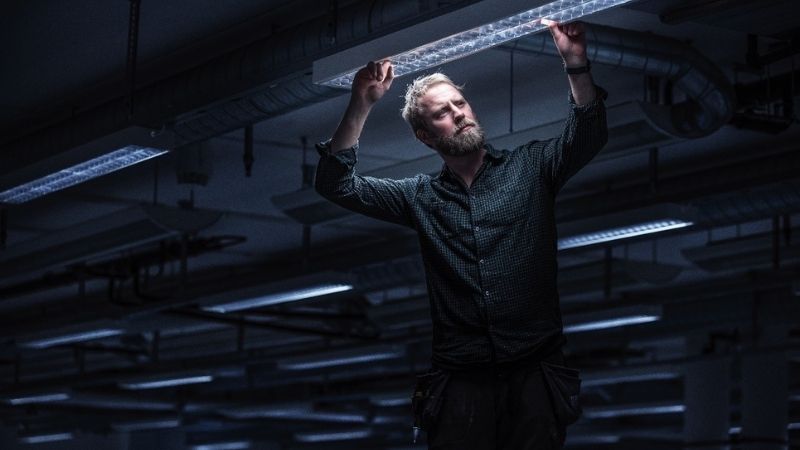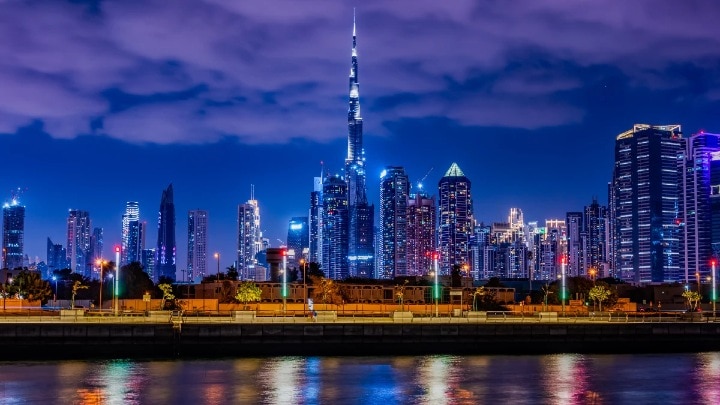December 04, 2020
Lighting is the easiest and least intrusive way to make buildings more energy efficient and smart. Building renovation is at the heart of the EU Green Deal.
The European Commission recently announced a historic proposal to renovate 35 million buildings in Europe to high standards of energy efficiency by 2030.
The Renovation Wave initiative is a part of the EU Green Deal, Europe’s strategy to become carbon neutral by 2050, and a stimulus measure to revitalize the European economy.
It’s positive to see that building renovation is squarely in the Commission’s crosshairs not least opportunities to increase the energy efficiency of buildings. Europe’s buildings account for 40% of the EU’s total energy consumption and more than a third of CO2 emissions. Therefore, it goes without saying that improving the energy efficiency of building stock is critical to the EU achieving its climate targets and for Europe to become a carbon neutral continent.

The Renovation Wave presents a once in a generation opportunity for national governments to rethink, redesign and modernise public and commercial buildings, making them fit for a greener and more digital society.
We also need to think about renovating our own homes. With the pandemic, this has become even more pressing as, for many people, our homes have become the epicentre of our work and daily life. It’s natural then that homes be a starting point for energy efficiency – whether it's investment in LED or smart lighting that can enhance the wellbeing of stay at home workers and families. For instance, helping them to demark their work and leisure times through different light settings.
I’m proud that, in September, my company joined the small but growing number of organizations that have achieved carbon neutral operations. This could not have been achieved without investing in energy efficient technologies. Lighting is often overlooked as the easiest and least intrusive way to make buildings more energy efficient. In most instances it is as quick and simple as changing a light bulb.
In Europe, more than 220 million buildings (85% of the EU building stock) were built before 2001. Yet, according to the EU, the weighted annual energy renovation rate is low at some 1%. This needs to rise to at least 3%.

Commercial LED lighting has been around for more than a decade. It’s been a gamechanger, given that it consumes around 50% less electricity than conventional lighting. By switching completely to high energy-efficient LEDs, we estimate that Europe can save up to €40 billion and decrease carbon emissions by about 100 million tonnes per year. That’s the same beneficial impact as carbon stored by 53 million hectares (130 million acres) of forest. But this is only the beginning.
Connected lighting systems turn light sources into data points that can be precisely managed, delivering light when and where it’s needed. For example, sensors can detect and adjust the output based on available daylight or switch lights off when no one is in a room. These systems can save an additional 30% of electricity.
For several years we have offered a circular lighting proposition where customers instead of buying light bulbs, buy light as a service. As the vendor we bear the costs, supply the lighting, provide the maintenance, and take care of the recycling, refurbishment, or reuse of components when the contract expires.
In my opinion, circular LED lighting should be mandatory for cities and municipalities. Buildings, public spaces and road networks are responsible for more than half of a city’s electricity use. Through circular LED connected lighting, municipalities can realize massive electricity savings, potentially eliminating the need for new power stations.
To summarise, lighting has a central role in helping to make Europe’s buildings greener and more energy efficient. It directly supports the EU’s digital future and building renovation is indeed “a jobs machine”. If we are to build back better, and create a greener, smarter more prosperous Europe, then we all need to have that lightbulb moment.
Signify (Euronext: LIGHT) is the world leader in lighting for professionals, consumers and the Internet of Things. Our Philips products, Interact systems and data-enabled services, deliver business value and transform life in homes, buildings and public spaces. In 2023, we had sales of EUR 6.7 billion, approximately 32,000 employees and a presence in over 70 countries. We unlock the extraordinary potential of light for brighter lives and a better world. We have been in the Dow Jones Sustainability World Index since our IPO for seven consecutive years and have achieved the EcoVadis Platinum rating for four consecutive years, placing Signify in the top one percent of companies assessed. News from Signify can be found in the Newsroom, on X, LinkedIn and Instagram. Information for investors is located on the Investor Relations page.


December 17, 2024
Transforming Dubai’s iconic buildings with connected lighting from Signify